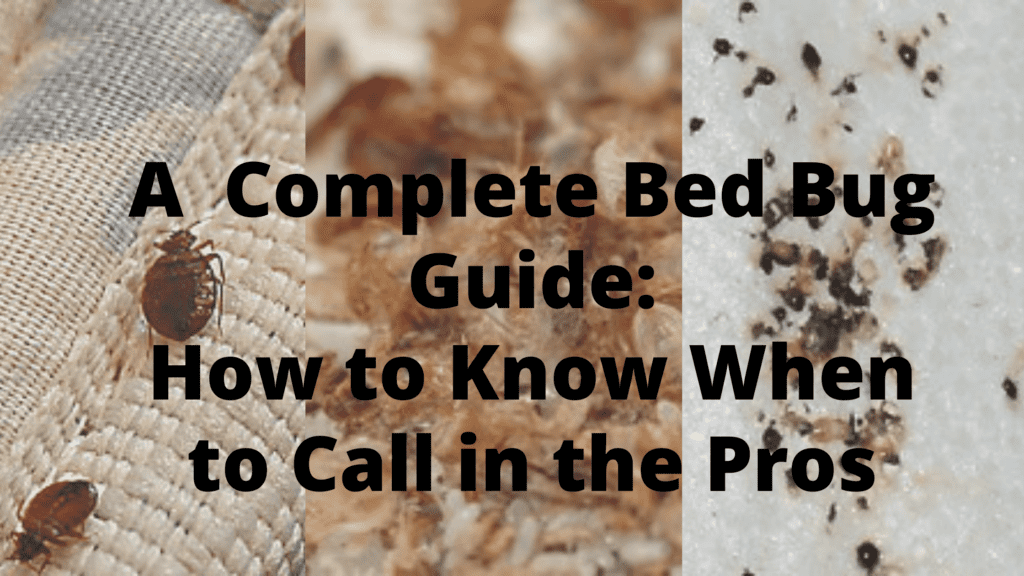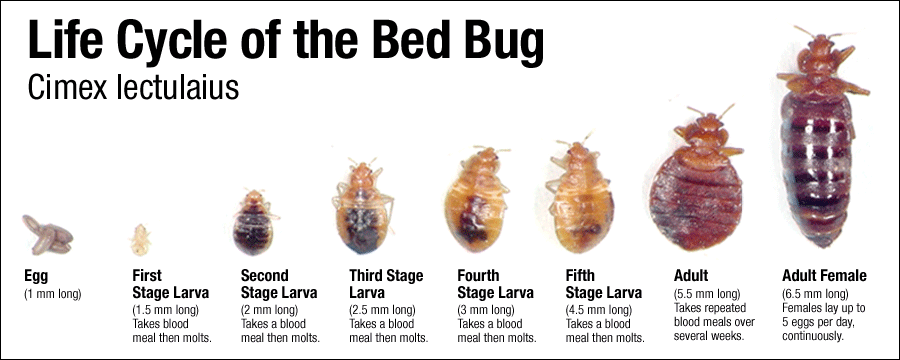Top Rated Pest Control Company in Arlington: Your First Choice for Pests
Top Rated Pest Control Company in Arlington: Your First Choice for Pests
Blog Article
Obtain Informed Regarding the Sorts Of Bug Control Approaches and Their Benefits for Property Owners
Recognizing the numerous insect control methods readily available to property owners is essential for reliable insect monitoring. House owners who are knowledgeable can make tactical selections that not only address insect concerns but additionally enhance the total quality of their living setting.
Chemical Pest Control Approaches
Chemical pest control techniques are a crucial part of integrated parasite management methods for property owners looking for effective remedies to pest infestations. These techniques include the application of chemical compounds made to eliminate or prevent pests that threaten individual property, health and wellness, and convenience. Common chemicals utilized consist of insecticides, fungicides, herbicides, and rodenticides, each customized to target details insects.
The key advantage of chemical bug control is its rapid efficiency; lots of solutions provide instant outcomes, reducing pest populations dramatically quickly. In addition, advancements in chemical formulations have actually caused items that are more eco-friendly and have lower toxicity levels for non-target organisms when applied correctly.

Organic Pest Control Techniques
All-natural bug control methods have obtained importance as house owners look for much safer and more sustainable alternatives to traditional chemical strategies. Biological parasite control techniques make use of all-natural predators, bloodsuckers, or microorganisms to manage parasite populations properly. This method is not only eco-friendly however likewise lessens the risk of injury to non-target types, including advantageous bugs and wild animals.
One of one of the most usual organic control methods involves introducing natural predators into the setting. Ladybugs can be utilized to manage aphid populations, while nematodes target soil-dwelling bugs like grubs. Furthermore, parasitoids-- microorganisms that reside on or within a host-- can be used to regulate details parasite varieties by laying eggs inside them, ultimately leading to their demise.
One more technique is the usage of biopesticides, which are originated from all-natural products such as microorganisms, minerals, or plants (bed bug exterminator). These items can successfully target bugs while posturing marginal danger to people and animals. Overall, organic bug control strategies supply home owners with an effective ways of insect management that aligns with eco-friendly concepts, advertising a healthier living atmosphere while decreasing reliance on artificial chemicals
Mechanical Bug Control Techniques
Mechanical pest control strategies incorporate a range of techniques that literally protect against or get rid of insects without using chemicals. These strategies are specifically valuable for home owners seeking environmentally pleasant choices while guaranteeing the safety of their home.
One usual technique is making use of obstacles, such as internet, catches, and displays, which protect against pests from getting in homes or certain locations. Installing window displays can effectively keep insects out, while utilizing physical obstacles around gardens can prevent larger insects like deer or bunnies. In addition, mechanical traps developed for rats can capture and eliminate these bugs without the requirement for poisonous compounds.
An additional effective approach includes making use of brooms and vacuum cleaners to remove insects directly from surfaces. Regular cleansing and upkeep can considerably lower bug populations by getting rid of food resources and concealing places. Using tools like ultrasonic parasite repellents can hinder various pests via audio waves that are undesirable to them yet faint to people.
Cultural Insect Control Practices
Cultural insect control practices focus on modifying the environment and management techniques to create conditions that are much less helpful to pest problems. These practices are fundamental in keeping a well balanced ecosystem and decreasing the reliance on chemical treatments. By altering farming techniques, home owners can properly hinder bugs while promoting plant wellness.
One typical method includes plant rotation, which disrupts the life process of insects by changing the kinds of plants grown in a specific location (bed bug exterminator). This not only minimizes pest populaces but additionally enhances soil wellness. Furthermore, intercropping-- planting varied crops in closeness-- can puzzle insects and lower their capability to locate their recommended host plants
Water administration is one more vital facet of cultural techniques. Appropriate irrigation methods can prevent standing water, which works as a breeding place for insects and other parasites. Additionally, maintaining sanitation in and around the home, such as routinely getting rid of debris and food waste, can significantly minimize pest destination.
Integrating these social practices into a thorough bug monitoring technique permits property owners to develop an atmosphere that normally hinders insects, consequently boosting the effectiveness of other control approaches while advertising sustainable gardening and landscape design.

Integrated Insect Management Approaches
Integrated Insect Monitoring (IPM) stands for an all natural approach that combines various strategies to effectively handle parasite populations while minimizing environmental impact. This approach incorporates organic, social, physical, and chemical techniques to attain lasting pest control. By assessing pest populations and their natural enemies, IPM emphasizes monitoring and determining insects prior to implementing control measures.
One of the core concepts of IPM is making use of thresholds, which develop the level of insect activity that warrants intervention. This makes sure that therapies are applied just when necessary, decreasing the reliance on chemical pesticides. Organic control approaches, such as introducing all-natural predators or bloodsuckers, operate in combination with cultural techniques like crop rotation and habitat adjustment to disrupt pest life process.
Moreover, IPM motivates making use of least-toxic chemical options when treatment is essential, site here focusing on products that posture very little threat to non-target organisms and the atmosphere. For property owners, taking on IPM approaches not only boosts the efficacy of bug management but likewise advertises a healthier living atmosphere, cultivating biodiversity and decreasing chemical direct exposure. Inevitably, IPM empowers house owners to make enlightened decisions that balance bug control with eco-friendly responsibility.
Final Thought
In verdict, comprehending the various pest control approaches equips property owners to article source make informed choices relating to pest management. Each approach-- chemical, organic, mechanical, cultural, and incorporated bug management-- offers distinctive advantages that cater to various needs and choices.
Comprehending the various bug control methods readily available to property owners is essential for efficient pest monitoring.Chemical pest control approaches are an important component of integrated parasite management approaches for property owners looking for effective services to pest problems. In general, organic parasite control techniques supply property owners with a reliable methods of look these up insect administration that straightens with ecological principles, advertising a much healthier living environment while decreasing dependence on artificial chemicals.
Cultural insect control methods concentrate on changing the environment and administration strategies to create conditions that are less helpful to pest problems.In conclusion, comprehending the different bug control approaches encourages homeowners to make informed decisions relating to pest monitoring.
Report this page